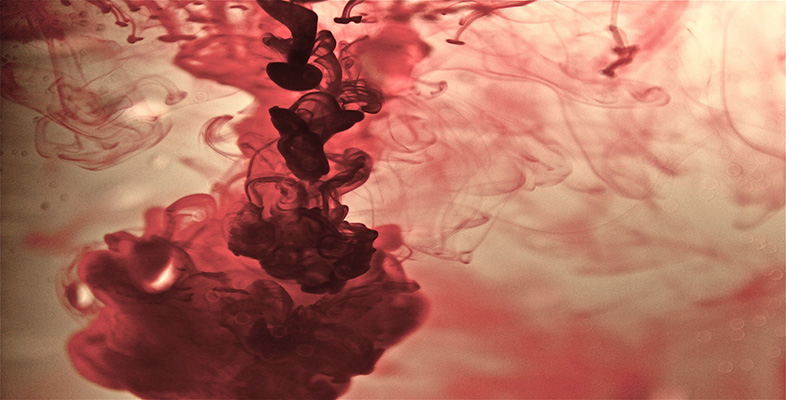9.3 Health
The leader must be informed of any problems of mental or physical health that may affect safety during field-work. This may include, for instance, information on diabetes, asthma or epilepsy; students should also inform the leader if they require extra assistance. All work handling living organisms, soil or water may give some risk of infection, and protection in the form of gloves, masks, etc., may need to be carried. Supervisors should give advice concerning particular health hazards that may be encountered in the area(s) to be visited and, where necessary, persons planning to attend overseas field trips should contact the Occupational Health Department for appropriate first aid advice and vaccinations. If students are expected to be eating packed lunches, it may be appropriate to suggest they bring their own hand wipes if washing facilities are not available.
For further information on health issues when travelling, visit Masta Travel Health [Tip: hold Ctrl and click a link to open it in a new tab. (Hide tip)] .
Additionally, you may telephone the ‘Travellers' Health Line’ on 0906 8224100.
9.3.1 Tick-borne disease
Ticks are most common in spring and autumn in bracken and long grass. The ticks become attached to skin or clothing and migrate to moist warm areas such as the axilla (armpit) or groin. Tick-borne illness is increasing, even in the UK.
In North America, the following diseases are caused by tick bites: Lyme disease, human granulocytic and monocytic ehrlichiosis, babesiosis, relapsing fever, Rocky Mountain spotted fever, Colorado tick fever, tularemia, Q fever, and tick paralysis. In Europe, the list is similar, but other diseases should be considered as well; these include boutonneuse fever (caused by a less virulent spotted fever rickettsial organism Rickettsia connori), and tick-borne encephalitis.
To avoid tick bites:
Avoid any unnecessary exposure. Keep to paths and avoid long grass.
Wear long trousers.
Wear thick socks outside trousers.
Insect repellents can be used to impregnate clothes that could be exposed.
Treatment
Remove ticks from body as soon as possible. Seek medical attention if necessary, or ask a field companion to help. If self-treating, use tweezers hooked under the tick's body, taking care not to pull off the tick's body and leave the head embedded.DO NOT use petroleum jelly, any liquid solutions, or freeze/burn the tick, as this will stimulate it to regurgitate its stomach contents, increasing the chance of infection.
Most tick bites do not result in transmission of infection; in the case of Lyme disease for example, only about 2–3 per cent of all persons bitten by Ixodes scapularis ticks in endemic areas develop Lyme disease.
If infected, 2–6 weeks after the bite a rash and pain in the joints can develop. Untreated, this infection can lead to health problems years later.
This infection is easily treated with antibiotics in the early stages.
9.3.2 Leptospirosis (Weil's disease)
Leptospirosis is an infectious disease caused by bacteria; it occurs particularly in rodents, but also in dogs and other mammals. Human infection occurs through exposure to infected animals’ urine that has contaminated watercourses; the infection enters the skin through abrasions and mucus membranes (mouth, nose and eyes). The greatest risk is where there is standing water, such as water and pools in streams in arid regions. Hot springs are a common source of infection. The dilution that occurs in lakes/lochs and rivers makes the risk of infection rare.
Leptospirosis begins with ‘flu-like’ symptoms, 2–17 days after exposure. Medical attention should always be sought and the doctor informed of the recent field trip. This can be a serious illness, and prompt diagnosis is essential.
Prevention
Avoid exposure if possible.
If anticipating spending time wading in water, wear protective clothing.
Cover any skin lesions with waterproof plasters.
Avoid getting water in the mouth or eyes, and rinse out with fresh water if this occurs.
Always wash hands well before eating or drinking.
Shower well as soon as practicable after exposure.
